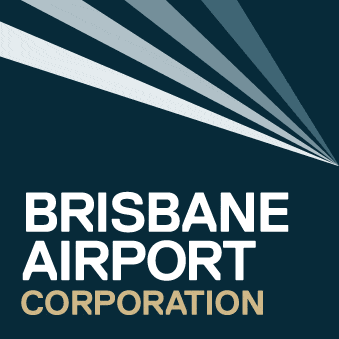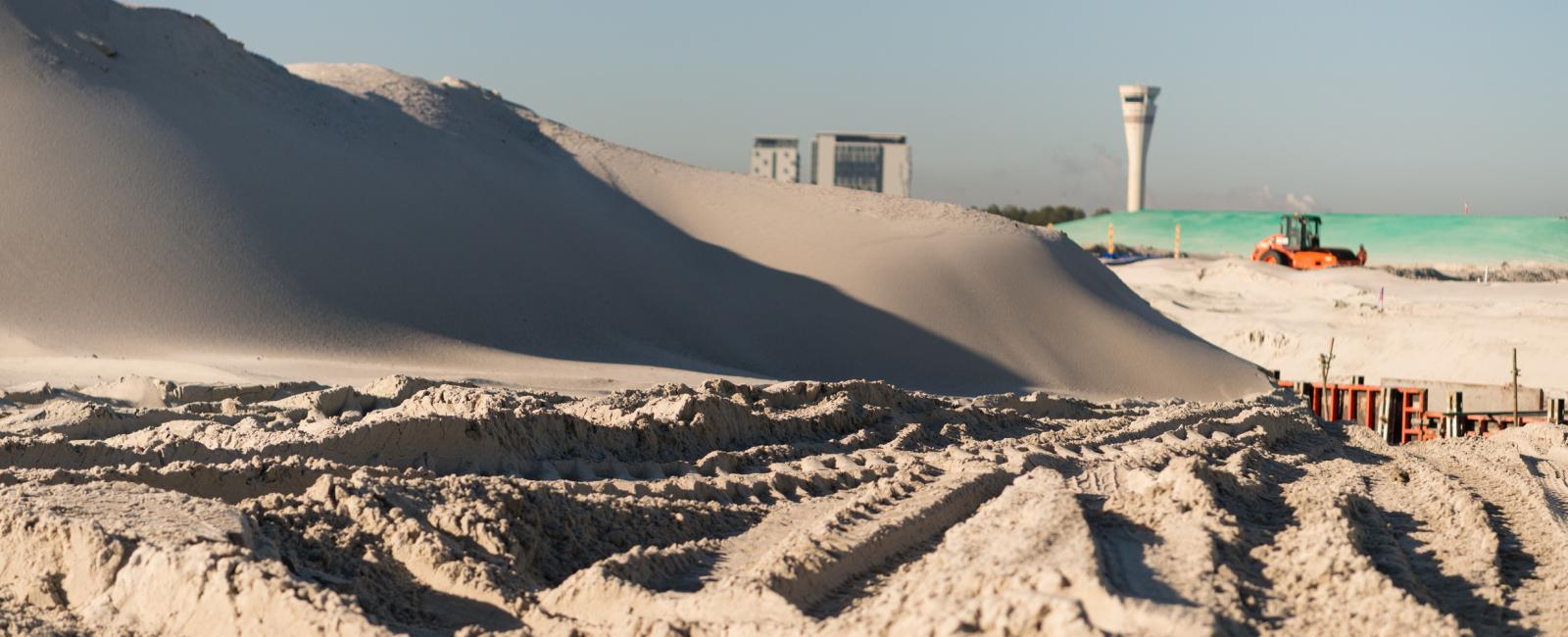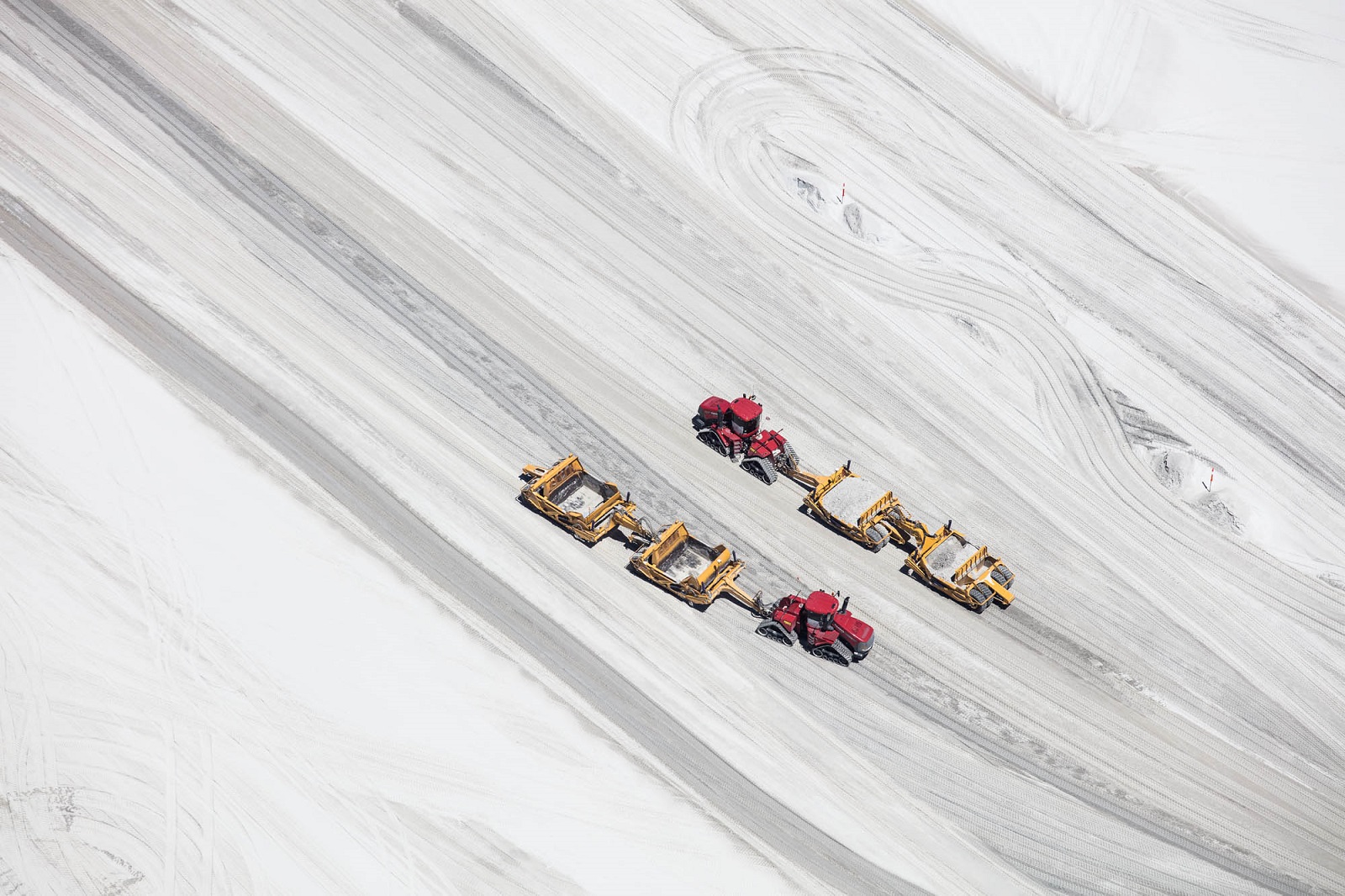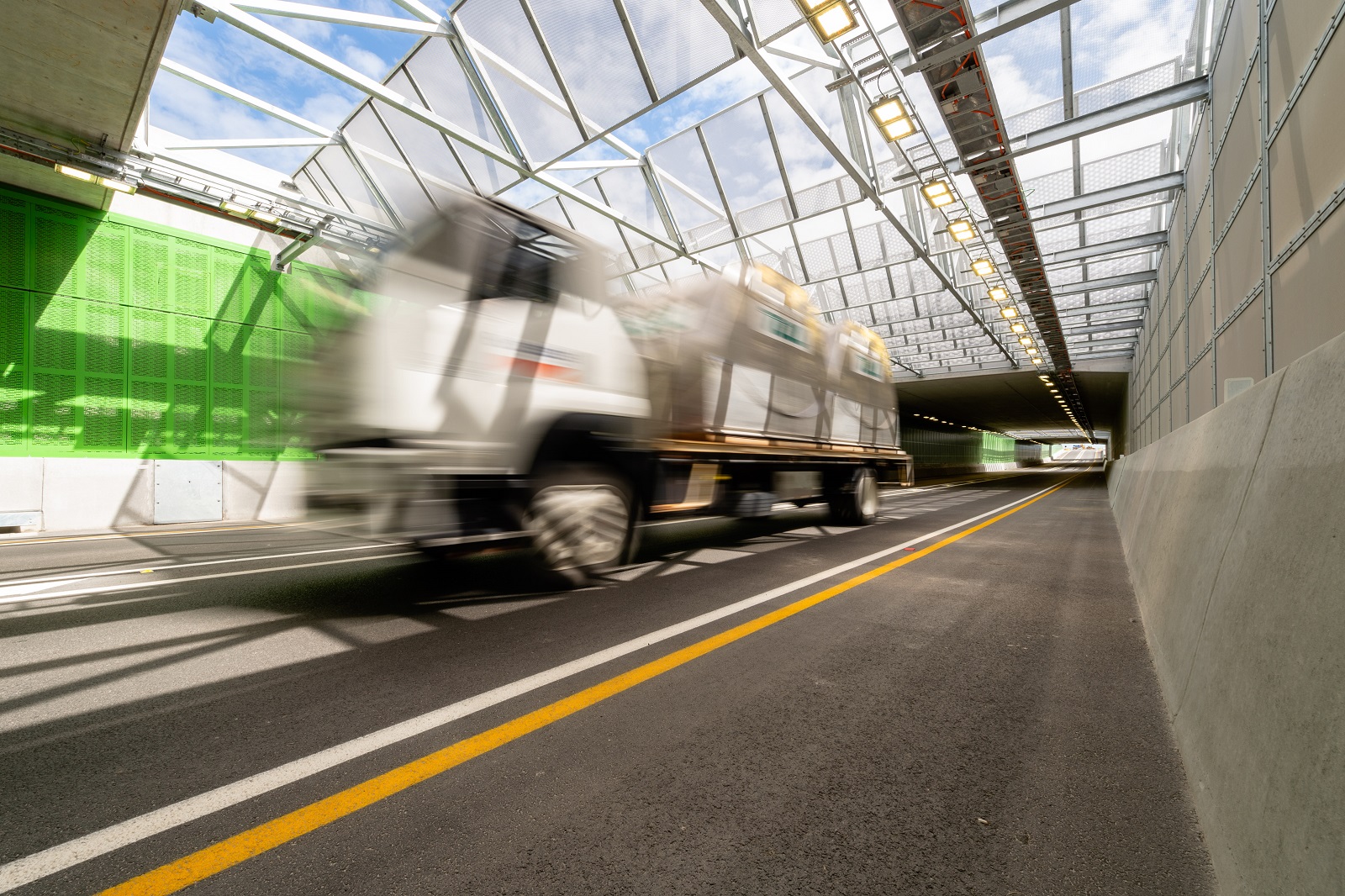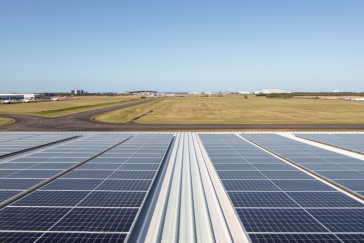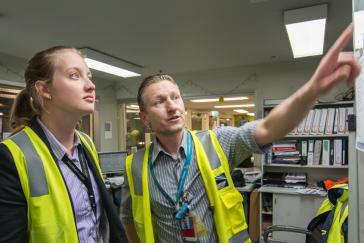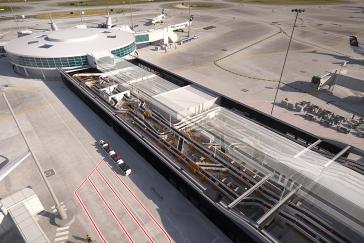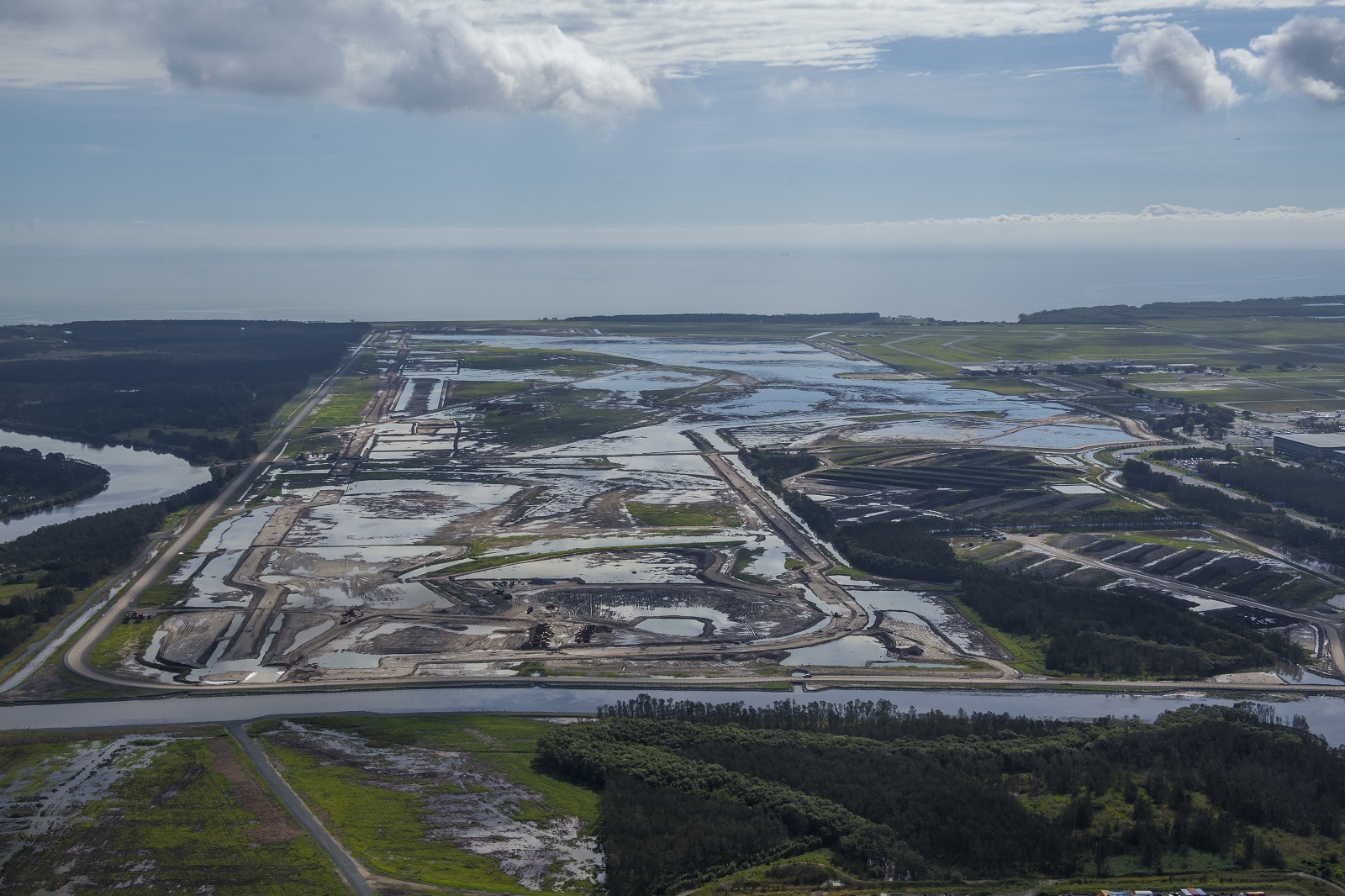
How long does it take to build a runway?
Well, you’d be better off asking ‘how long is a piece of string?’
Simply put, it is a question that does not have one defining correct answer. If you were to Google it like I did, you would probably find the top answer of 18-24 months and a whole myriad of answers either side of this timeframe listed below. If you were to ask a local bar fly after a few too many bevvies, you might come to believe it is a process that can be expedited with the right amount of money irrespective of where you are building. But if you were to ask Paul Coughlan, a highly experienced and well-respected engineer who just so happens to have overall responsibility of delivering Brisbane’s new runway, he will rightly tell you that the time it takes to build a new runway is longer than you think, because it is dictated by a number of factors beyond anyone’s control.
Location, location, location
When you look at an aerial photograph of Brisbane Airport (BNE), particularly one that captures the precinct before any work on the new runway had begun, you come to appreciate the factors that Paul is alluding to. BNE is in a beautiful spot, situated on a reclaimed portion of the Brisbane River delta. Its northern boundary forms the shoreline of Moreton Bay, and quite literally, it is a precinct built upon low-lying, boggy marshlands where the soil is so soft, it gives geologists and engineers nightmares. Its consistency is frequently compared to toothpaste, and it runs deep (up to 30 metres in some areas)!
When you look at it this way, you understand that it was never really a matter of clearing the land and slapping down some concrete and asphalt over a few months. And when you talk to Project Director Paul Coughlan and learn about the processes required to build a $1.3 billion, 3,300 metre long runway and the accompanying 12 kilometres of taxiways and infrastructure on boggy marshlands, you also come to understand that it is a logistical and engineering marvel that requires eight years and the moving of earth and sea to complete.
Queensland's largest sand pit
Due to the extremely poor strength soils of the Brisbane's new runway site and the extent of the ground improvements necessary before construction could begin, five years were set aside for phase one alone – site preparation and reclamation works. So how exactly do you turn soft, waterlogged mud and silt into a solid base for a new runway? You build Queensland’s largest sandpit of course! The technical term used in engineering circles is surcharging, and in the case of Brisbane's new runway, 11 million cubic metres of sand was spread across the 360-hectare site in 2014 to act as a giant weight, working in unison with 333,000 wick drains (straw like devices) to draw out the moisture from the ground.
“In the worst parts, the height of the sand above original ground level was eight metres,” Paul says. “It was very effective, with the site having settled up to 2.8m in some areas.”
Can you imagine trying to remove moisture from depths of up to 35 metres with your trusty Chux super wipe? It’s going to be a slow process. Geotechnical modelling forecast that it would take up to four years for the ground to compress and settle enough to form a stable foundation. Fast-forward to 2017 and, as predicted, the site achieved the necessary ground improvements to move into the final construction stage of the project, with the Dryandra Road Works contract awarded to McConnell Dowell in February and the Airfield Works contract was awarded to joint venture contractor Skyway in July. Nineteen months later, the $120 million Dryandra Road Underpass was completed, providing vehicles with a link between the Domestic Terminal and the airport’s northern facilitates under the taxiways that will link the new runway to the existing system and terminals.
Next steps
There is still a lot of work to be done over the next 18 months, but Paul is more than confident Brisbane's new runway is on track to be open and operational in mid-2020 as planned.
“2019 will be a huge year for the runway team as they progress full steam ahead with both asphalt and taxiway pavements. On top of this, they have a strong focus on landscaping as well as electrical and mechanical works.”
By this time next year, the construction of the new runway will be complete and the detailed commissioning process for the new ground lighting, navigation aids and control tower systems will be in full swing. And once it’s fully operational, the opportunities Brisbane's new runway will enable for Brisbane and South East Queensland are endless. BNE will have the most efficient runway system in Australia and one of the best in the world, bringing it up with the likes of major international aviation hubs Singapore and Hong Kong when it comes to capacity. BNE will be in the best position possible to attract new airlines and new routes, connecting Brisbane to the world more than ever before. And by 2030, more than $5 billion of economic benefits will be brought into the immediate region as a result of the increased capacity enabled by the new runway.
It’s like they say – Rome wasn’t built in a day.
CREDITS

